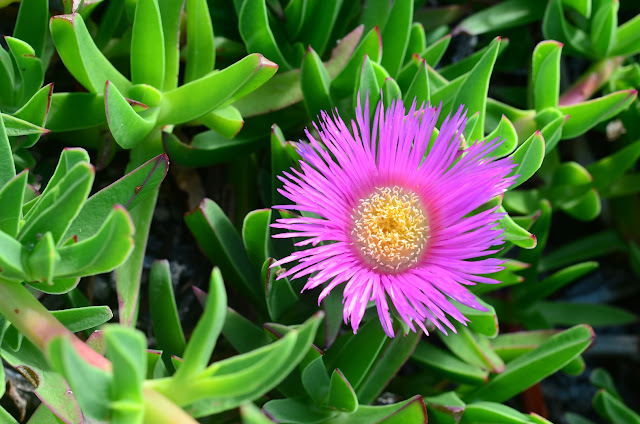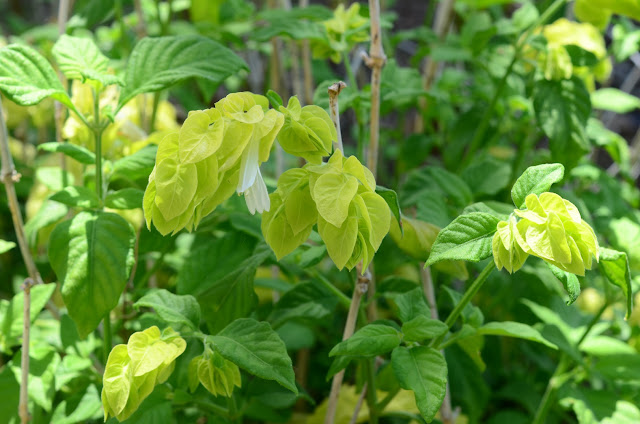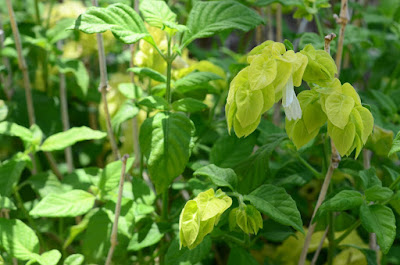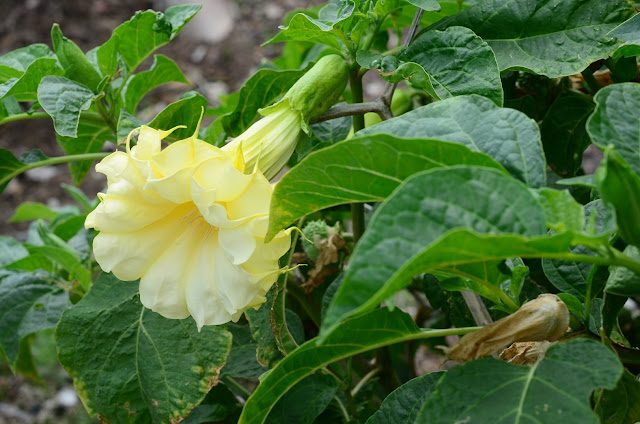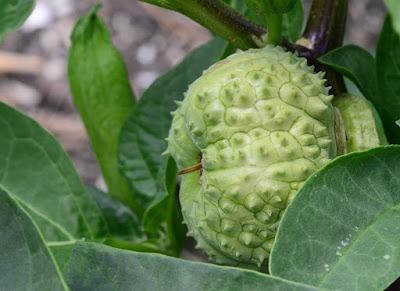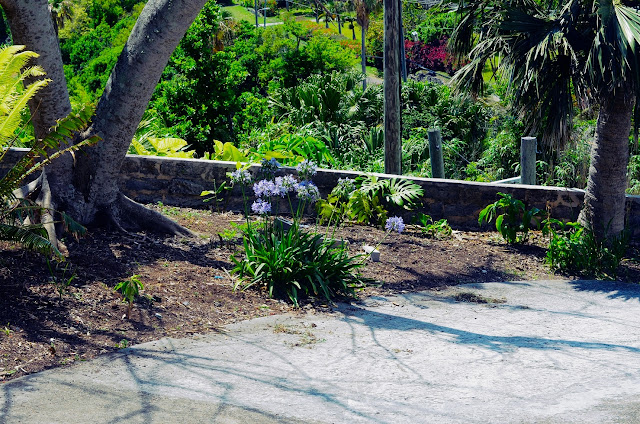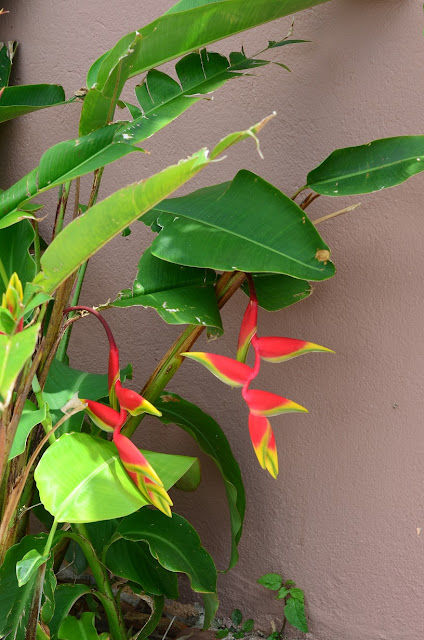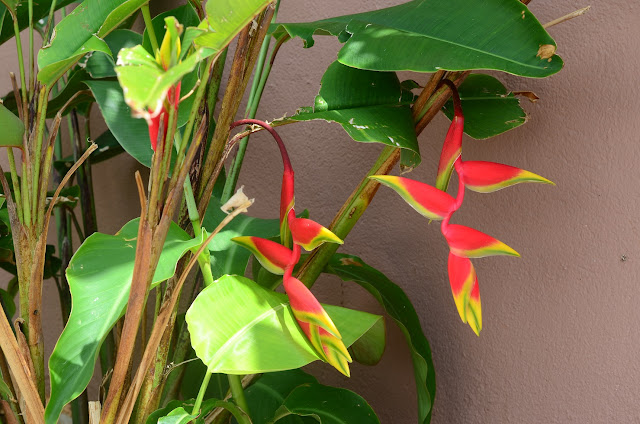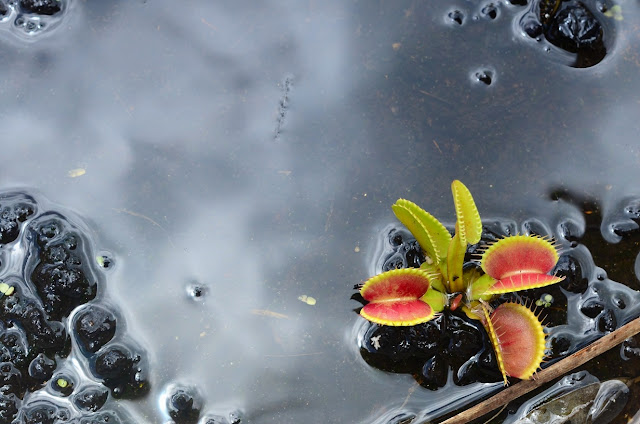Probably Weeds
Sunday, October 18, 2020
Continuing with my gender studies
Sunday, October 11, 2020
I've perfected my vaccine
Gee, I don't know what to say (the calico, found in the alley behind my trailer, got my tongue; nevertheless, I have been busy in the laboratory and have perfected my covid-19 vaccine, which I am quite proud of, even though I don't like the idea of injections, as the notion makes me queasy and prone to bouts of depression.) [Too many commas, too much serum. Ed.]
The vaccine is 100% effective though has been known to cause skin rashes, which is why I've cornered the market on Calamine.
If you are interested in getting a shot, I can be persuaded to let you have as many as you need (some families are incongruously large) for a small fee. Just dial 1-800-vacccine on your device and it's job done.
Meanwhile, here's what's happening in the garden...
Highbush blueberry (from seed, sown during the last ice age).
Friday, June 26, 2020
Ice Plant
This plant (Ice Plant, Hottentot Fig, Sour Fig) is a food plant in its native Africa. The fruit and leaves are eaten. Don't look for it in your local supermarket (unless you live on the dark continent).
Tuesday, June 23, 2020
The Walls of Jericho
Saturday, June 20, 2020
Fruit, out to kill you.
 |
| Musa paradisiaca is the most common banana in Bermuda gardens. |
 |
| Passiflora edulis |
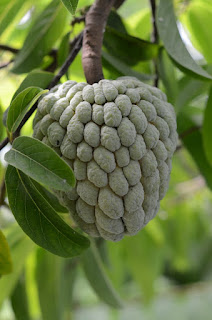 |
| Annona Squamosa also called Sugar Apple |
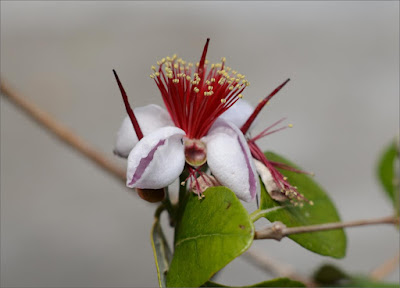 |
| Acca sellowiana. My Feijoa tree was murdered bt Humberto in 2019. |
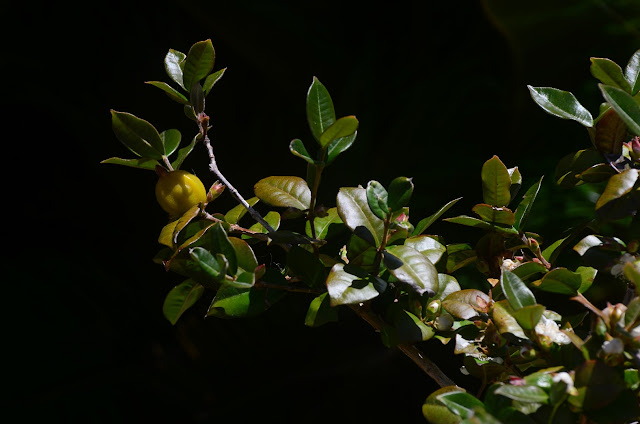 |
| Eugenia selloi |
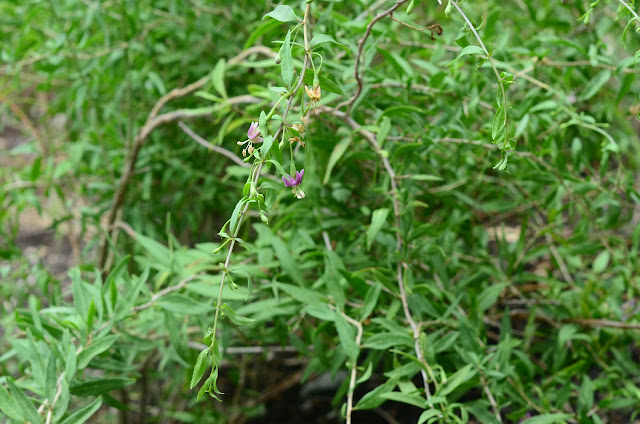 |
| Goji |
Tuesday, June 16, 2020
Agapanthus
Sunday, June 14, 2020
Heliconia
 |
| Gardening safely in a pandemic: the birdcage protocol. |
The month of June brings the strangest sights to the garden. Heliconias, for example. Now these imposing plants are related to the edible banana. Heliconias are, however, not to be eaten; rather, one must enjoy the eye-catchingly colorful bracts and bold demeanor they flaunt. But there is, as usual, confusion about numbing nomenclature; you see, botanists are a fickle bunch (bad pun says my ever-vigilant editor, sipping on a banana daquiri spiked with hydroxychloroquine). Yesterday they swore Heliconias were related to the banana (Musa species). Today they insist upon placing it in the Zingiberales family (i.e. ginger) and I am only slightly embarrassed to bring such dissension to your attention. The modern covid predicament: not only must one garden with masks and gloves, one must deal with quacks and the raves of family-swapping thugs. I protest.
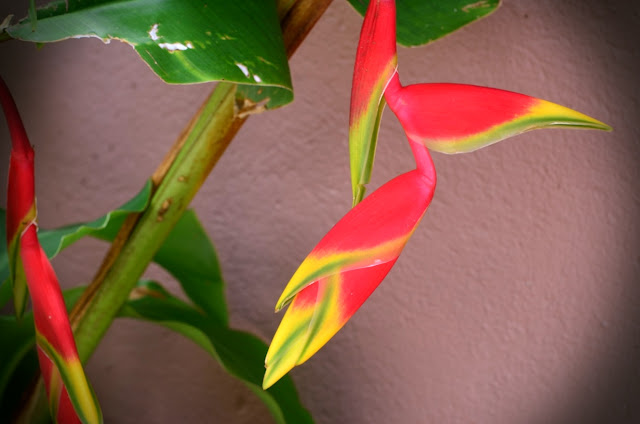 |
| Heliconia rostrata |
Saturday, June 13, 2020
Rain Lily
Day 13
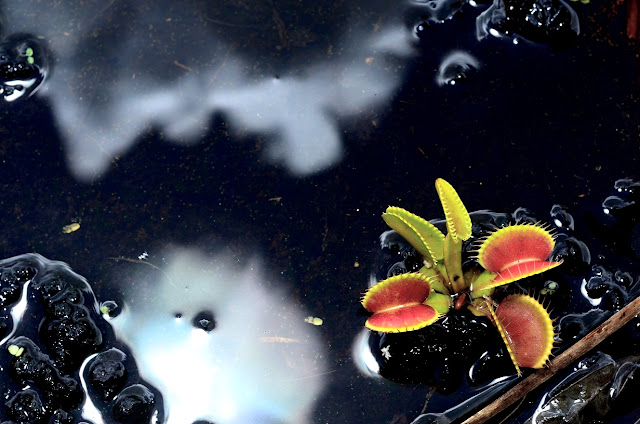 |
| Dionaea muscipula |
Here are more snaps from my recent trip to Venus. To my surprise the Venusian government was pretty lax about covid. Naturally, the administrators of our sister planet are etymologically concerned with the pervasiveness of venereal disease their planet, bathe in sisterly sulfuric clouds, but they tell me covid-19 is not a thing there, so tourists may peregrinate joyously without need of PPE, or, as I have heard about other jurisdictions, a tracking device which could easily record the intrepid traveler's oh-so innocent meanderings from one palatial house of ill repute to another, as Venus does have her charms.
Featured Post
Rain Lily
Last week, in early June, in the midst of a pandemic, it rained hospitably. The 'rain lilies' responded. My editor, always keen to f...

-
GARDENING IN A PANDEMIC Welcome back, friends. (I write as though there is actually an audience out there. This type of delusion is co...
-
This is the tropical version of the daylily. It is called Lily-of-the-Nile by close friends and associates. Incidentally, we are in mid Jun...






